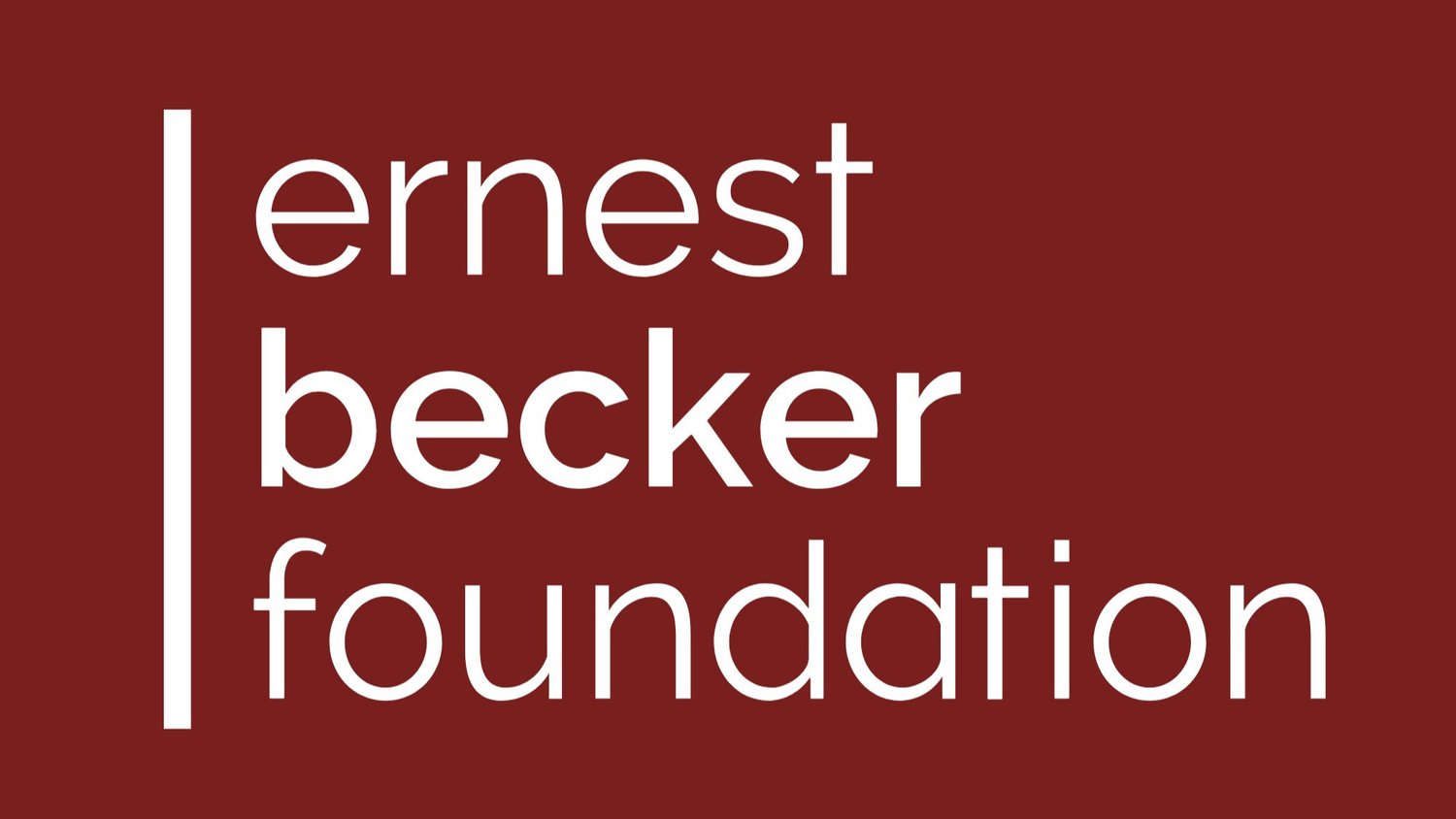THIS MORTAL LIFE
INDIGENOUS CULTURE
Increasingly secularized culture, along with the rise of the funeral-industrial complex, has led to Western society’s extremely sanitized relationship to death, dying, and grief. It is rare to care for the dying at home; the majority of deaths today occur in the hospital or in care facilities (despite the fact that most people express a desire to die in their own home). Many Americans have never seen a dead body in person, except perhaps when sanitized, embalmed, and heavily made-up for a wake.
Removing death as much as possible from everyday life contributes to our culture’s denial of death, the consequences of which extend far beyond end-of-life itself. As centuries of history and decades of research have illustrated, much of human evil—outgroup violence, ideological warfare, oppression of those who are deemed different—comes from our desire to defend our own belief systems and have control over our mortality. The removal of death from everyday life may counterintuitively serve to exacerbate death anxiety by further stoking fear of the unknown. But, this has not always been the case.
Removing death as much as possible from everyday life contributes to our culture’s denial of death, the consequences of which extend far beyond end-of-life itself.
In this feature, we interview three Native Americans who discuss the way death is viewed in their own culture, and how this relates to the way they approach their relationship to their own mortality. All three interviewees express the positive benefits that are to be had when engaging more with our mortality, not less, and how by doing so, people of all backgrounds can connect more with each other and our earth.


